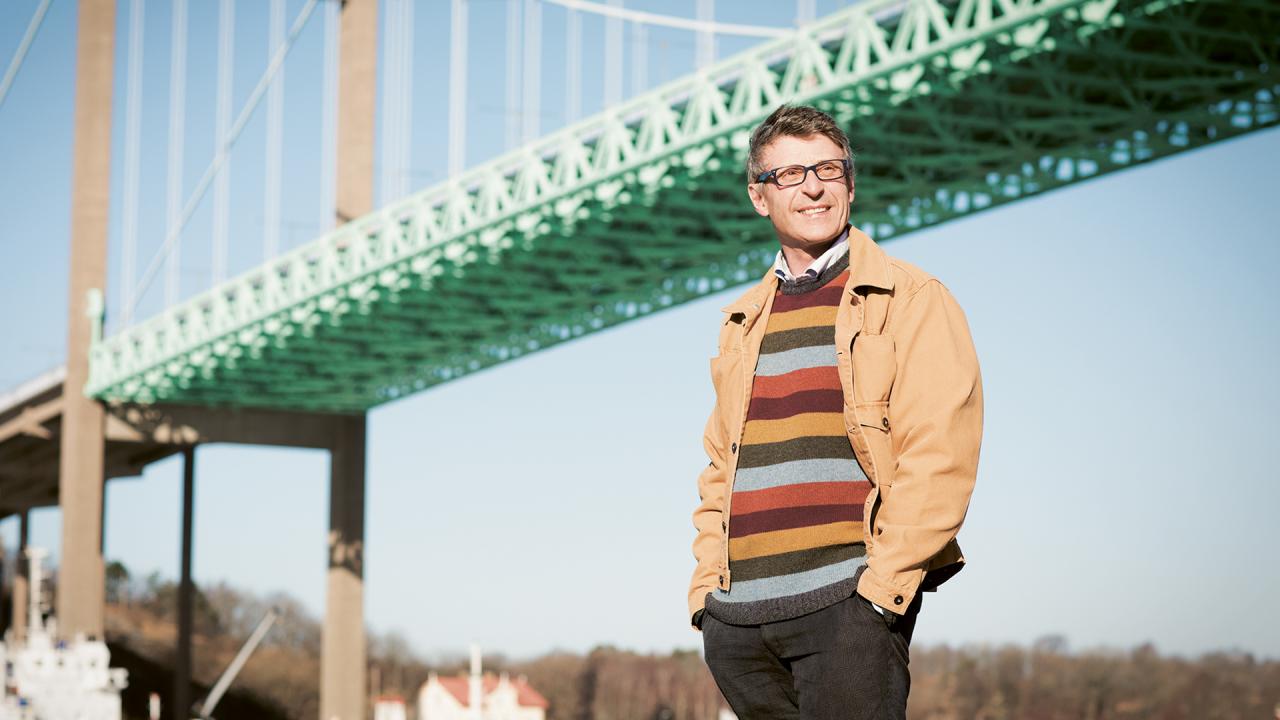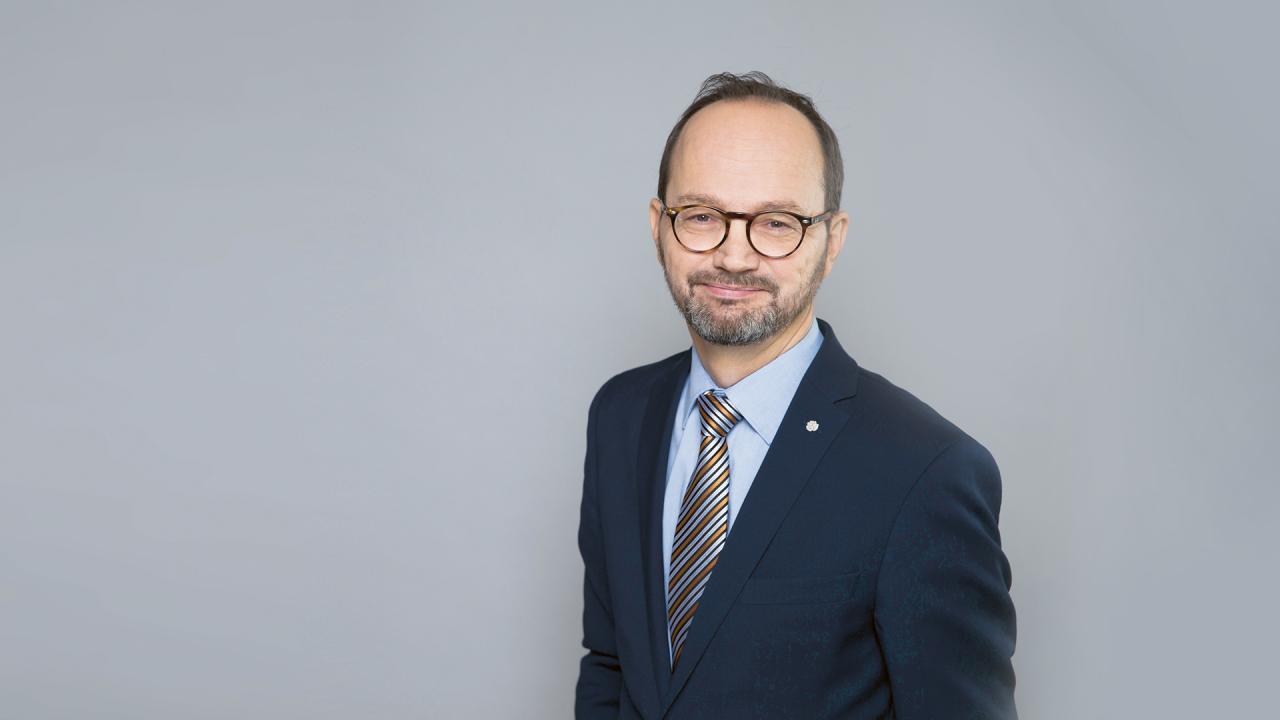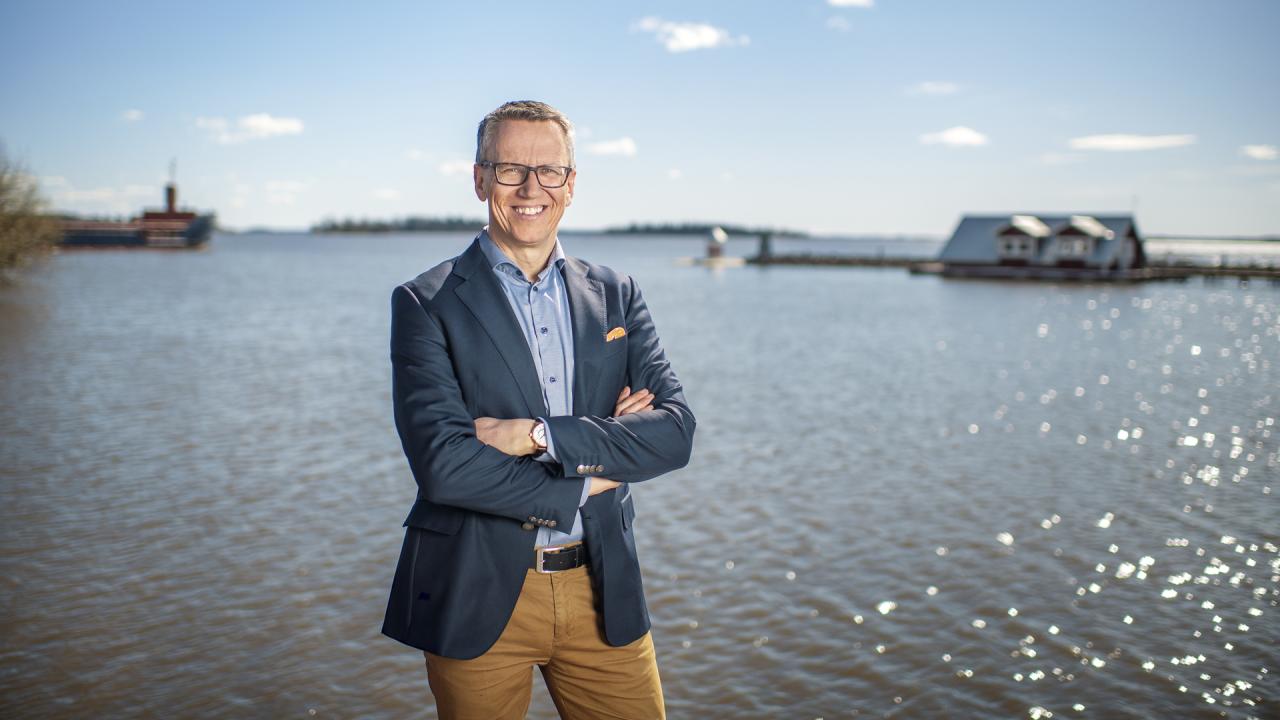Shipping is the key to Northern Sweden
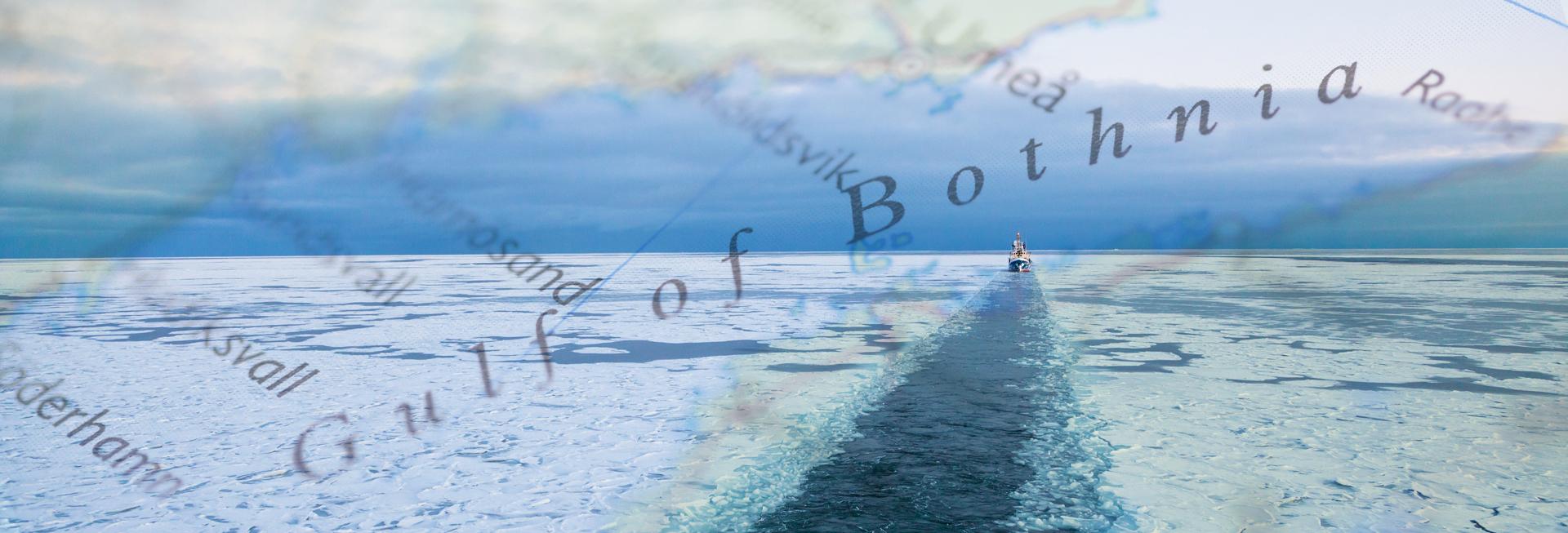
Skyrocketing growth along the Upper Norrland Coast. Historically high investments in industry are creating new opportunities for the region, but also placing greater demands on logistics.
Northvolt is building a battery factory in Skellefteå, Talga Resources is planning to mine and produce anode material in Norrbotten County and three industrial giants are preparing for fossil-free ore and steel production in Kiruna, Gällivare, Boden and Luleå.
These are just three examples of the burgeoning growth taking place in Upper Norrland. Estimates vary as to how much money ports, industrial companies and other players will invest over the next twenty years, but it may be as much as SEK 1,000 billion.
‘Most people have no concept of just how big a deal this is. The region has produced ore and steel for many years, but new businesses are on their way, driven by climate change,’ says Peter Larsson, the government’s coordinator for social transition in Norrbotten and Västerbotten Counties.
He continues: ‘From having been solely an exporter of raw materials such as ore, forestry and minerals as well as electricity, Upper Norrland is becoming a raw materials processor. Volumes and the value added by processing will both increase significantly, and new businesses will emerge on the back of the mega-investments.’
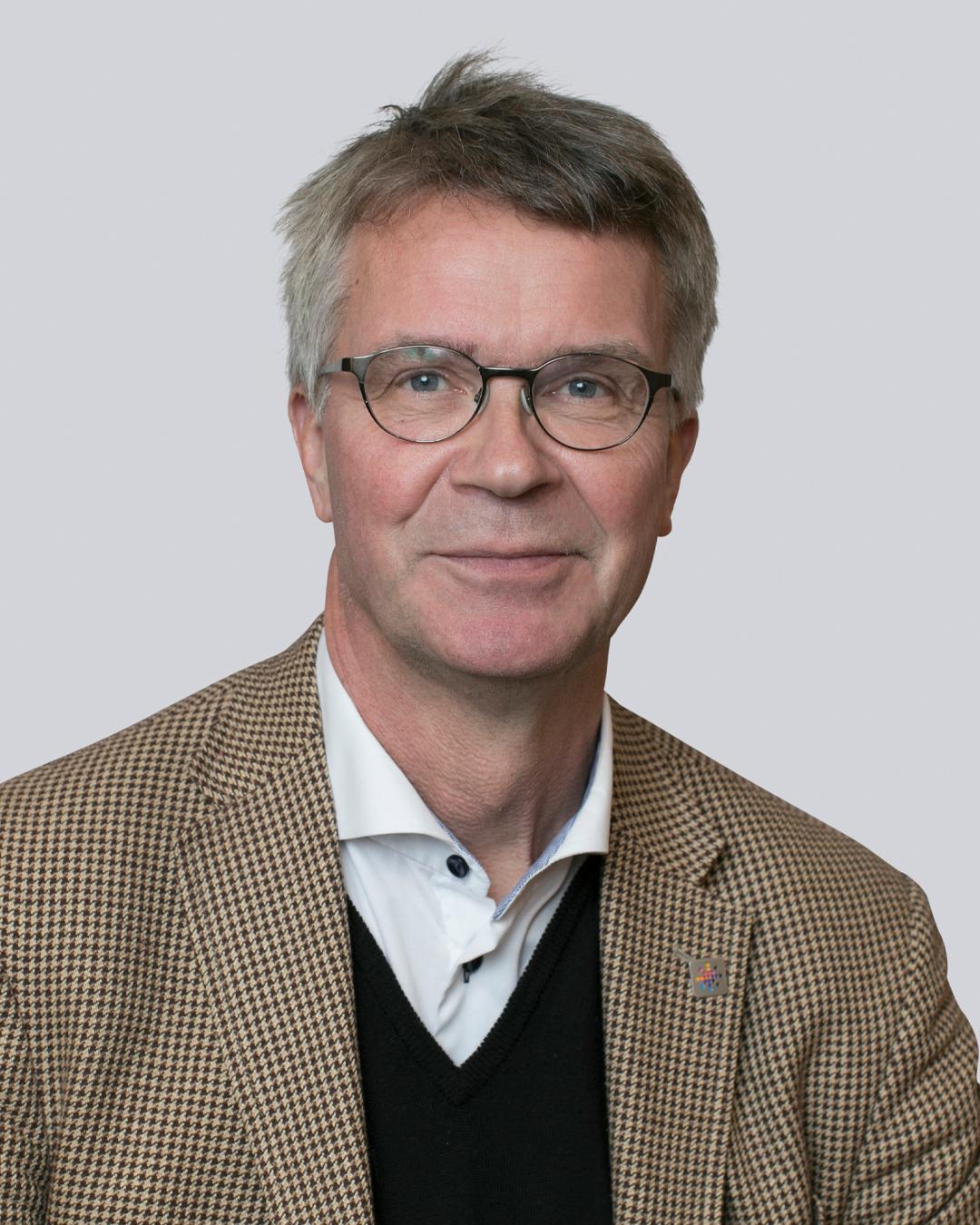
Logistical challenges
Peter Larsson expects investments to increase Upper Norrland’s population by 100,000 people in 10–15 years from now, and he declares that transport will be subject to completely new demands.
‘Based on what we know right now, outbound freight deliveries will double compared to today, since products such as car batteries and green steel will mainly be for export. Reliability and regularity are always essential if deliveries are to reach the end customer on time.’
One reason behind the major investments in Upper Norrland is the excellent availability of renewable electricity. Also, it’s equally important to the business community and the state, that transport be as climate neutral as possible. In its recent bill on future infrastructure, the government said that transferring freight from road haulage to rail and maritime shipping can help improve transport efficiency and reduce greenhouse gas emissions.
There are plans for a Norrbotnia Line to increase rail capacity; it will run between Umeå and Luleå with an extension north to Haparanda, while the New East Coast Line will provide double track between Gävle and Härnösand.
‘But because it will probably take at least ten years to complete the Norrbotnia Line, and even longer before the new East Coast Line is built, waterborne transport is absolutely crucial,’ says Peter Larsson.
Plans are in hand to build an Ore Port in the Port of Luleå, Sweden’s biggest dredging project in modern times. The port will cost an estimated SEK 2.7 billion and it will mean larger vessels can call at the Port of Luleå round-the-clock, all year round. There will also be investments in the ports of Skellefteå, Sundsvall and Gävle.
‘We all have big ambitions. I’ve had a lot of meetings with e.g. the ports of Skellefteå and Luleå, and the investment plans are really exciting,’ says Peter Larsson.
He continues: ‘It’s not just a matter of creating more berths, but also of making sure the fairways can handle larger vessels, and that overland transport to the ports is up to scratch. For example, the E4 through Skellefteå needs to be upgraded. The same goes for Highway 372 to the Port of Skellefteå.’
No promises from the government
However, when the infrastructure government bill was presented, maritime shipping was left in the shadows. For example, no promises were made about new icebreakers, which are an essential part of the picture, and this surprised Rikard Engström, CEO of the Swedish Ship Owner’s Association.
‘The Association was astounded to note that icebreakers do not even merit a single line in the infrastructure government bill. Of course, this does not mean the Swedish Transport Administration cannot adopt such an investment into the national plan it will soon begin working on. I assume the Administration, as the strategically responsible authority for the entire infrastructure system, will do just that, but a clear signal from the government in the infrastructure government bill would have been appropriate,’ he said in a press release.
Investments along the Norrland Coast
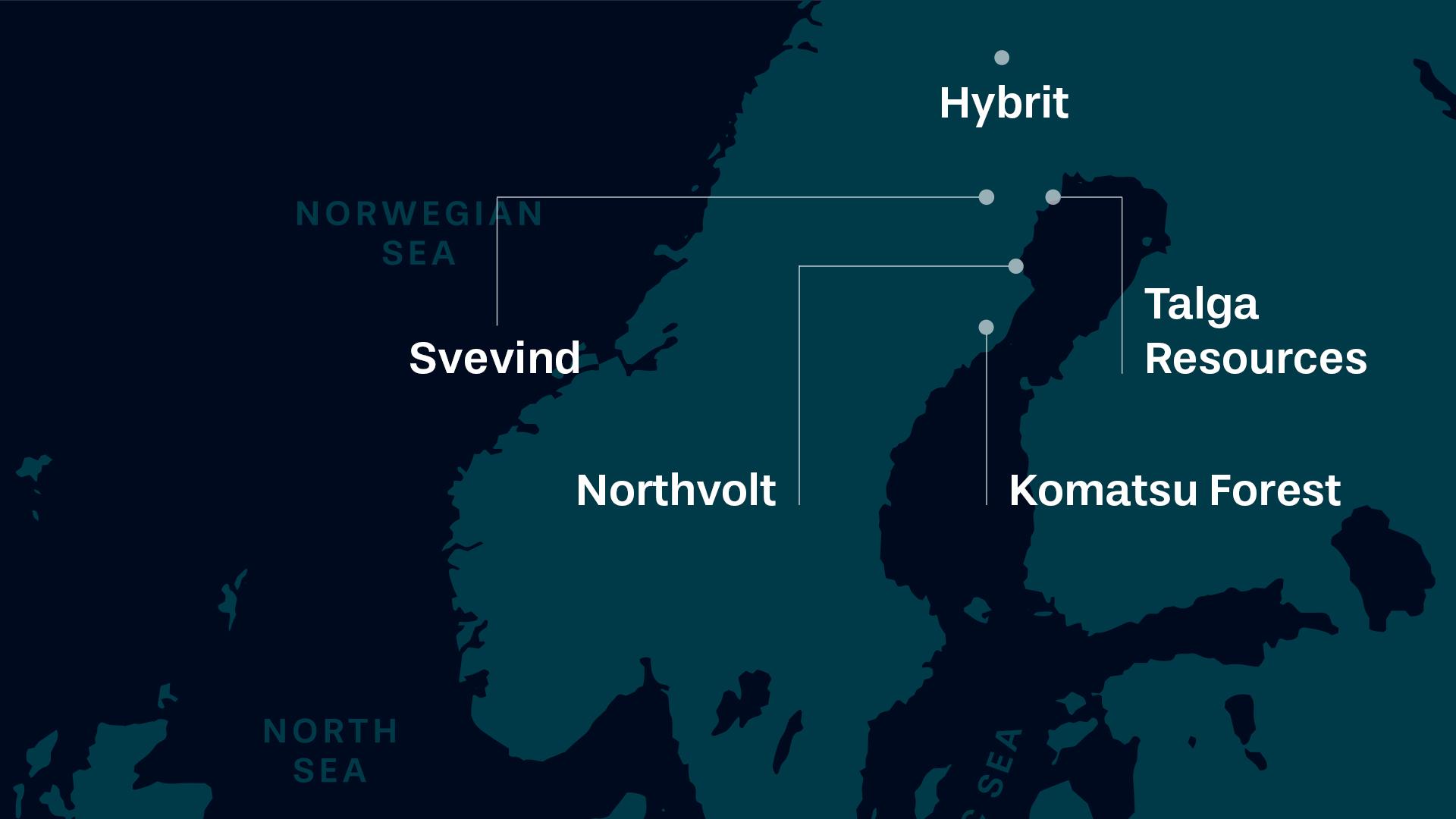
Northvolt
Manufacture of lithium-ion cells in Skellefteå. Upon completion, preliminarily in 2025, it will be one of Europe’s biggest, most modern battery factories. It will have a production capacity of 32 gigawatt hours per year, enough to provide batteries for half a million electric cars.
Hybrit
The Hybrit development project is run by SSAB, LKAB and Vattenfall, who are collaborating to enable fossil-free, ore-based steel production in Gällivare. The investment will enable SSAB to produce steel using hydrogen instead of coal and coke.
Svevind
The company is building a gigantic wind farm in Markbygden outside Piteå. If the entire investment comes to fruition, it will entail an investment of SEK 60 billion. Total production is expected to reach 12 TWh.
Komatsu Forest
Forestry machine manufacturer Komatsu Forest is building a new factory in Klockarebäcken outside Umeå with a focus on sustainable production. The plant is one of Komatsu Forest’s biggest global investments to date. Ground was broken in May 2019 and the plant is scheduled to open in 2021. Its production will be CO2 neutral.
Talga Resources
Talga Resources, the Australian-Swedish technology and materials company, is planning a production plant for battery anode material at the Port of Luleå. The investment also includes graphite mining and associated infrastructure in Vittangi in the municipality of Kiruna.

